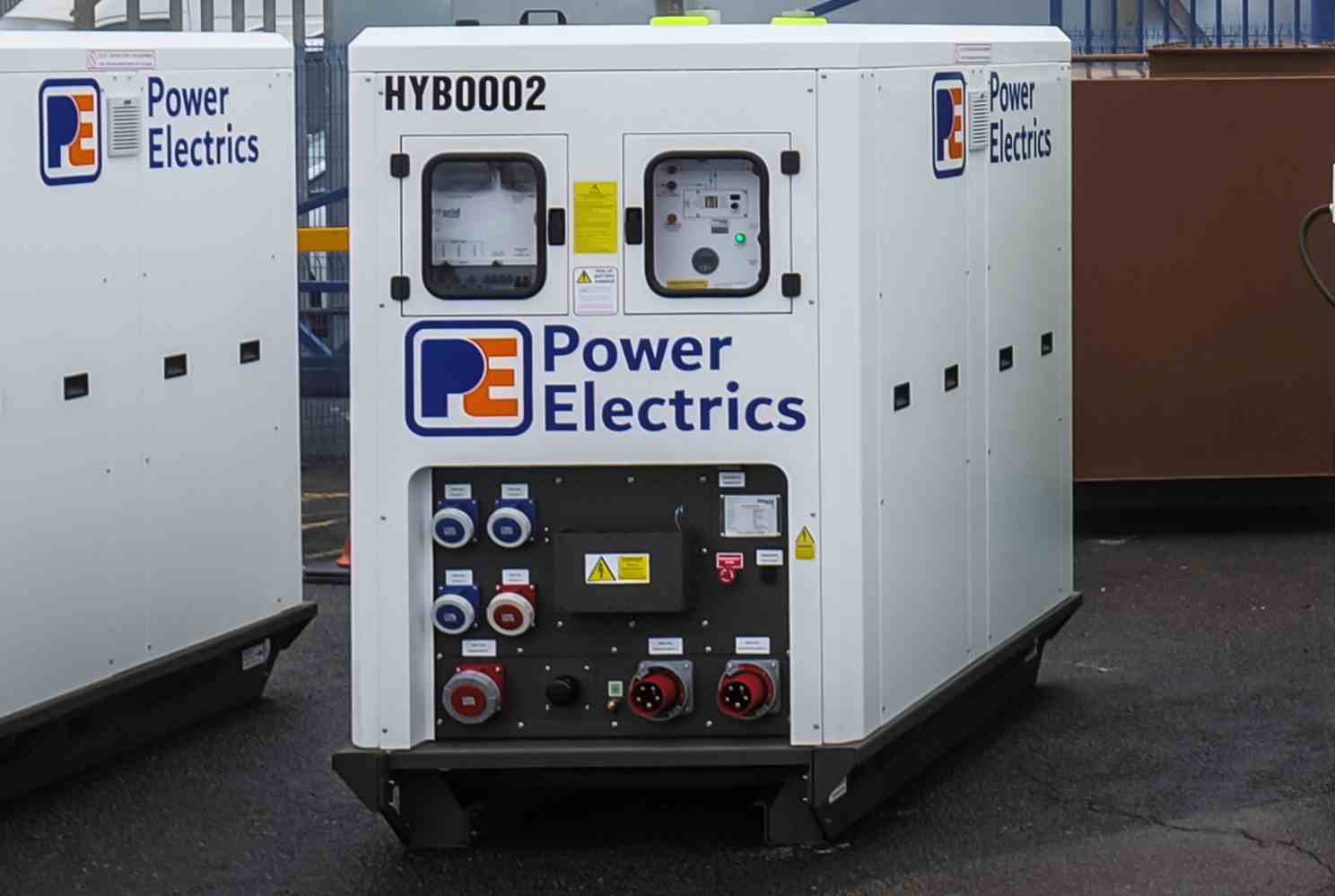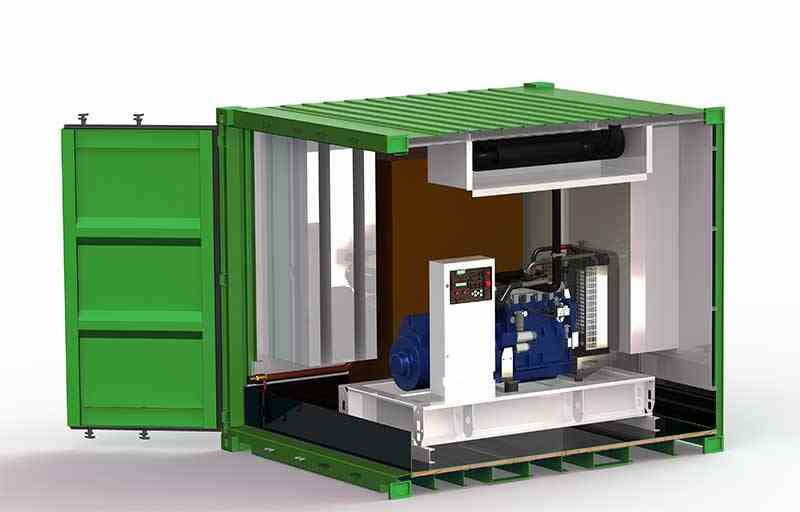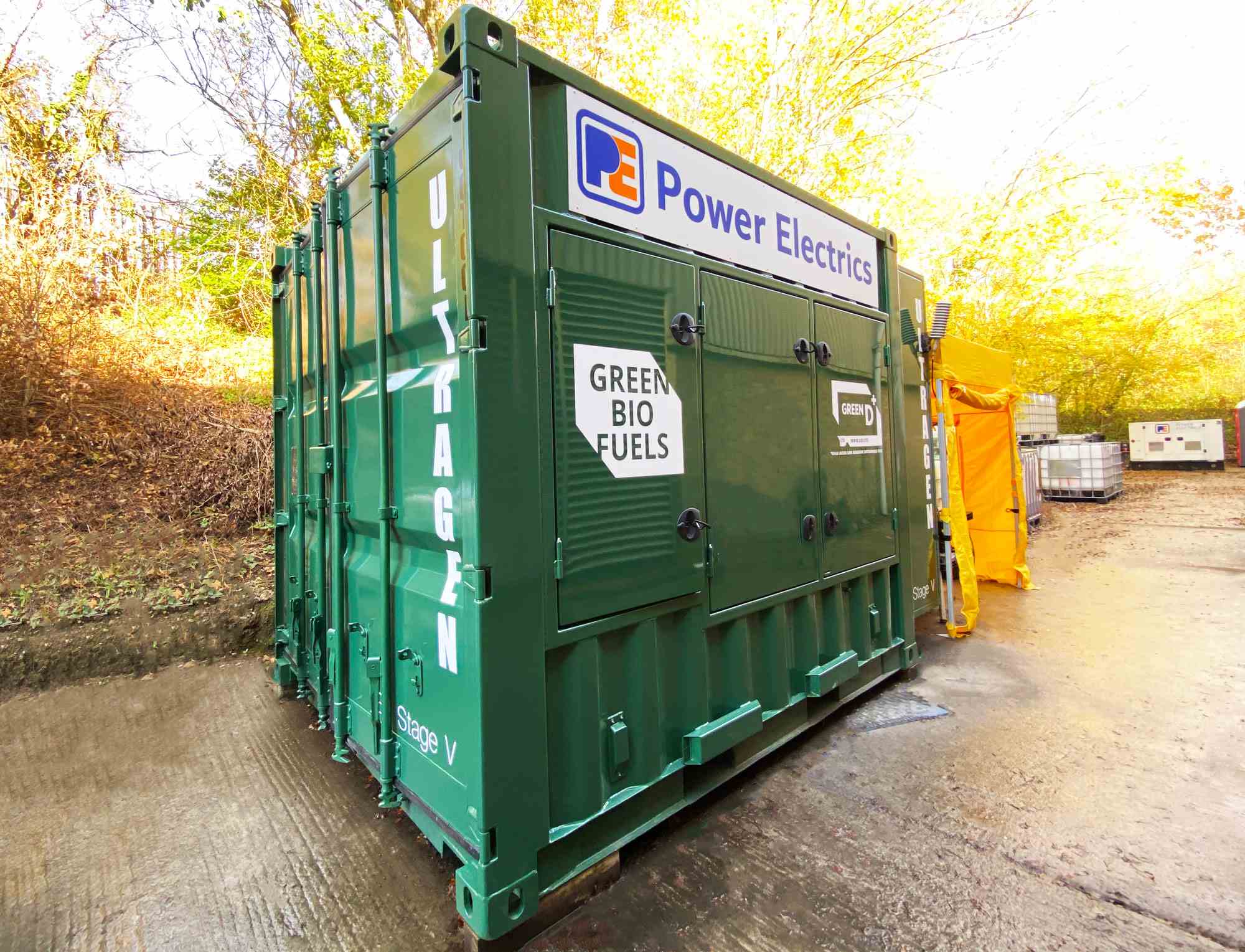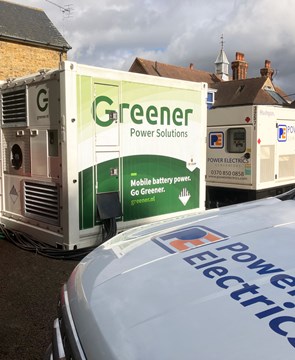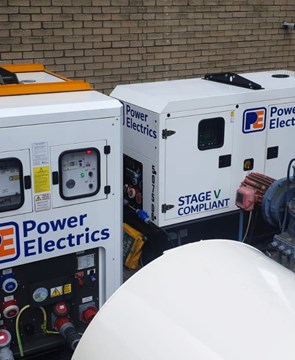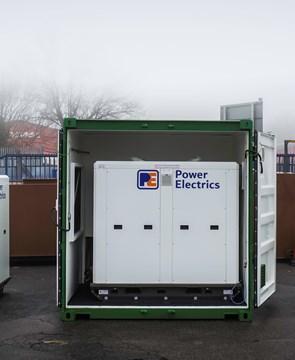Generator Talk and How To Crack It
Here at Power Electrics, we like to keep our customers in the loop from start to finish, to do so we often end up using terminology specific to temporary power production.
So that none of our customers get left confused, one of our generator specialists, Alex Hill, a Business Development Manager here at Power Electrics, created this guide to explain some of the words and phrases you might hear in the generator industry.
Practically born into the generator industry, Alex has worked at Power Electrics for over 10 years, so he has a strong understanding of all things generators. We couldn’t think of a better person to explain the terminology any better.
Amperes, Voltage and Power
Amperes – or Amps are a measure of electrical current that runs around a circuit, symbolised as “I” or “A”. Put simply, electricity is the electrons that flow through a conductor – amps are the measure of how many electrons are flowing.
Voltage – or Volts, is the force that moves electrons through a conductor, symbolised as “E” or “V”. The more pressure electrons are under the more efficient they can work.
Power – measured in Watts or Kilowatts, power is the rate at which work is being done by the electrons, symbolised as “W” or “P”. If you multiply I (amps), by V, (volts), you get total power (P). I x V = P
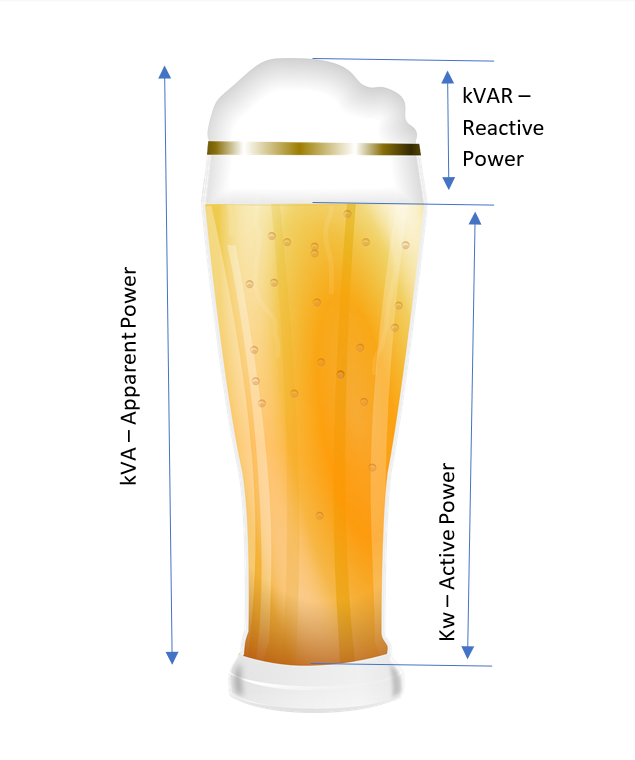
kW, kVA and kVAR
kW – Kilowatt or Working Power (also called Actual Power or Active Power or Real Power). Is power that is converted into a useful output that powers equipment and performs useful work.
kVA – Kilo-Volt-Amperes or Apparent Power, tells you the total amount of power in use in a system. It is also the sum of kVAR and kW. To find out more about the difference between kW and kVA and to understand the Beer Analogy (as seen in the picture) check out this blog post.
kVAR – Kilo-Volt-Amperes Reactive power or just Reactive Power. Is the power that hasn't converted into kVA. In simpler terms, reactive power is the unused power generated by reactive components of the connected load on a generator. To find out more on the difference between kVA and kVAR check out this blog post.
Power Factor
Power Factor – the ratio between the useful power (kW) to the total power (kVA) used by equipment. It shows how efficiently electrical power is converted into useful work output. The result of which is a number between 0 and 1, generators are rated at a Power Factor of 0.8, however they will operate at a lower Power Factor, but the real power will be less, and reactive power will be more, the kVA is still the same.
Starting Current
Starting current – also refer to as switch on surge, is the high current flow, typically experienced by a motor or similar during the first few moments of switching on.
Load Acceptance
Load acceptance – is the maximum load, in percentage, that can be applied whilst maintaining performance classes.
Power Overload
Power overload or overload– refers to the amount load exceeding the generators rating. Overloads happen when you draw more electricity than a Generator and or its circuit breaker can safely handle.
N+1 & N+N redundancy
N+1 and N+N – both mean that there are backup generators in place should any single generator being used fail.
'N' stands for the number of generators necessary for the system to run.
'+1' means there is one independent backup generator should a generator of N fail.
Example:
If you need two 100kVA generators to run your equipment:
Then N = 2 = 100kVA + 100kVA,
Thus, +1 = 100kVA,
Which means, N+1 = (100kVA + 100kVA) + (100kVA), i.e. 3 generators
It also means, N+N = (100kVA + 100kVA) + (100kVA + 100kVA). i.e. 4 generators
The additional generators are backups if the other generators were to fail.
Parallel Operation
Parallel Operation – operating two or more generators, or generators and a network together, in order to supply a common load or power to the grid or utility.
Synchronisation
Synchronisation – is the process of matching the speed, frequency, and phase angles of a generator to another source (generator or mains) of the same network configuration.
Bulk Tank
Bulk Tank - provides a greater capacity of fuel storage than the standard generator base tank. This is helpful for longer hire periods where the generator’s standard fuel tank won’t provide sufficient fuel for the job.
HVO
HVO – Hydrogenated Vegetable Oil, is a fuel which reduces carbon emissions, nitrogen oxides and particulates.
For more Blogs like this click here, to see our Case Studies click here. If you have any questions about the topics discussed in this blog, please get in touch using the link below and one of our generator specialists will be happy to help.


